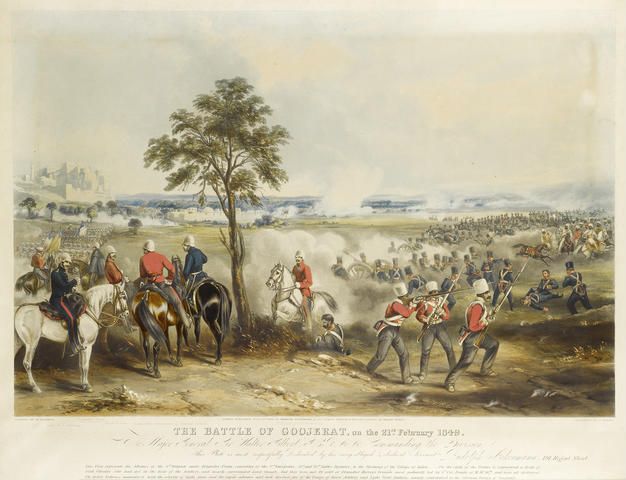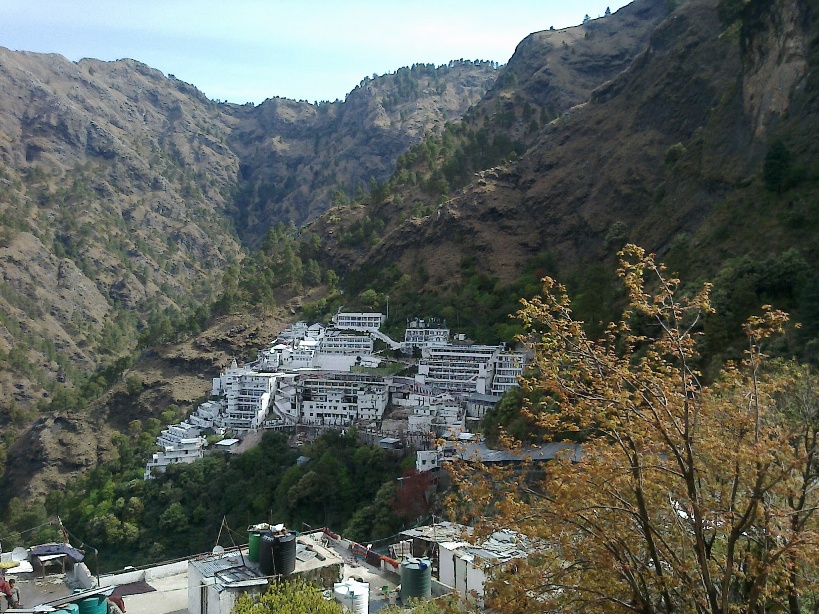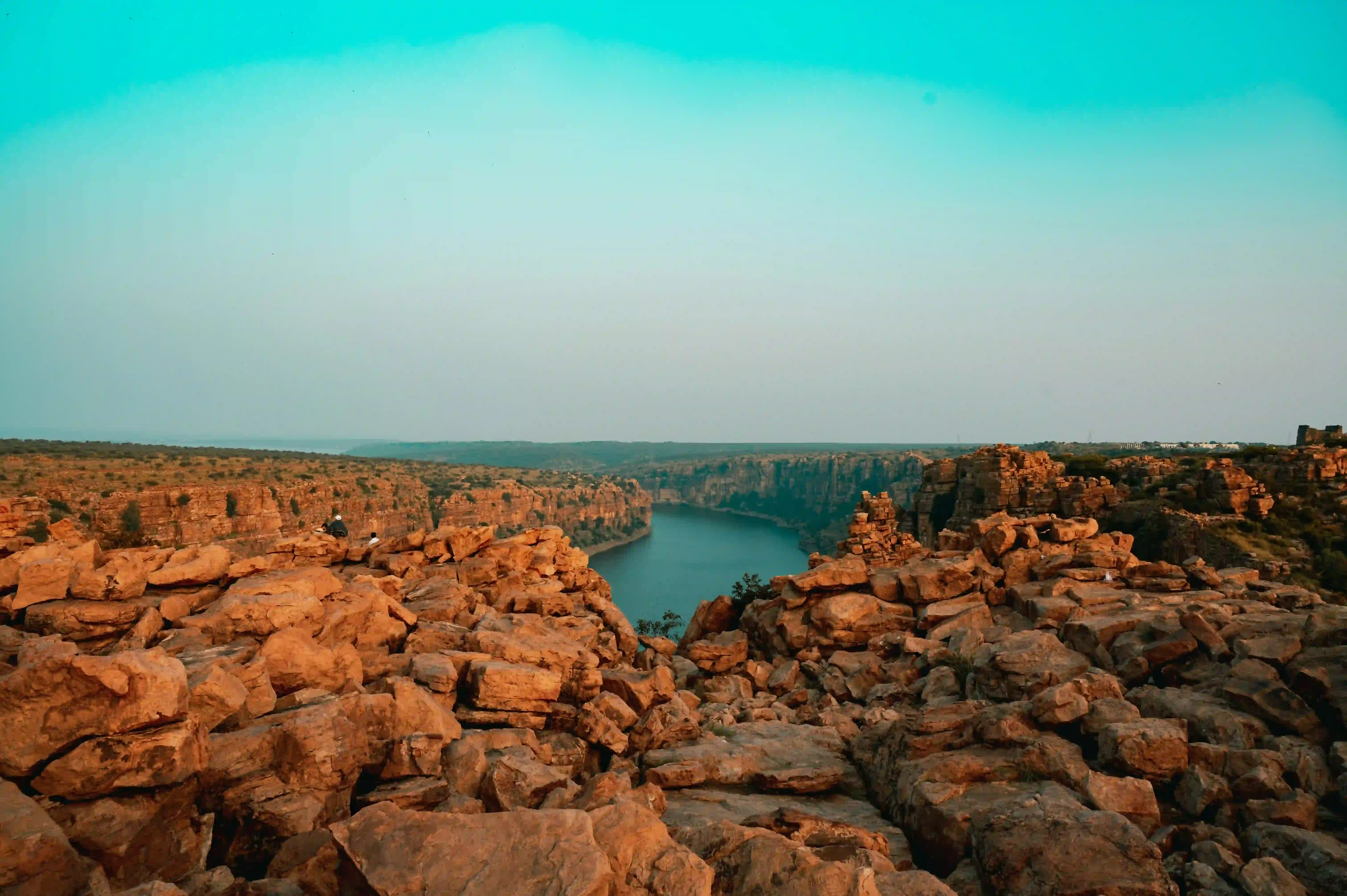Shahpur Kandi Fort stands as a remarkable testament to the historical and cultural landscape of Pathankot, Punjab. Constructed in 1505 by Jaspal Singh Pathani, a chief jagirdar under Shah Jahan, the fort represents a critical strategic stronghold protecting the Nurpur and Kangra regions. Located at the Himalayan foothills, its construction emerged from the Pathania kings' strategic necessities and territorial ambitions.
The fort's narrative is profoundly intertwined with Ram Singh Pathania, a courageous freedom fighter who utilized this fortress as his final refuge in 1848. His rebellion against British colonial powers marked a significant chapter in the fort's history. Despite recapturing the fort and engaging in multiple battles, he was ultimately arrested while praying within its walls, subsequently sentenced to life imprisonment and exiled to Kalapani and Rangoon, where he tragically died at just 24 years old.
Strategically positioned on the left bank of the Ravi River, near the India-Pakistan border, Shahpur Kandi Fort maintained immense political and cultural significance. Although the Pathania kingdom's capital shifted to Nurpur, the fort remained a crucial administrative and defensive structure. Its robust architecture and strategic location ensured the Pathania rulers' continued control and influence in the region.
Local folklore enriches the fort's historical narrative, connecting it to the legendary Pandava brothers from the Hindu epic Mahabharata. While historical evidence remains limited, these stories reflect the deep cultural and spiritual significance embedded in the landscape. The surrounding caves and hills are said to have been temporary shelters for the Pandavas during their forest exile, adding mythological layers to the fort's already rich historical context.
The fort's architectural design exemplifies a sophisticated blend of functionality and aesthetic appeal. Intricate carvings and sturdy structures tell stories of a bygone era, showcasing local construction techniques and materials from the 16th century. Its walls not only provided defensive capabilities but also offered breathtaking views of verdant valleys and the Ranjit Sagar Dam, demonstrating the harmonious integration of military infrastructure with natural beauty.
Beyond its military significance, Shahpur Kandi Fort represents a vibrant socio-cultural space where historical narratives intersect with contemporary experiences. The annual fair commemorating Ram Singh Pathania transforms the fort into a living memorial, celebrating regional history and cultural memory. Visitors can now explore this transformed guest house, experiencing the fort's historical grandeur while being surrounded by the serene Himalayan landscape.
The fort's modern incarnation serves multiple purposes, functioning as a historical site, tourist destination, and cultural landmark. Local guides offer rich narratives that breathe life into the stone walls, helping visitors connect with the profound stories embedded in this remarkable location. Photography enthusiasts, history buffs, and nature lovers find the fort and its surroundings an immensely compelling destination.
Ultimately, Shahpur Kandi Fort transcends its physical structure, embodying the resilience, cultural complexity, and historical depth of Punjab's landscape. It stands not merely as a monument but as a living narrative of resistance, survival, and the enduring spirit of a region shaped by diverse historical forces and rich cultural traditions.







